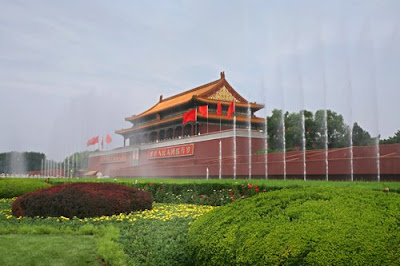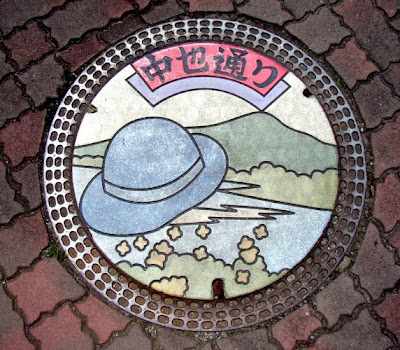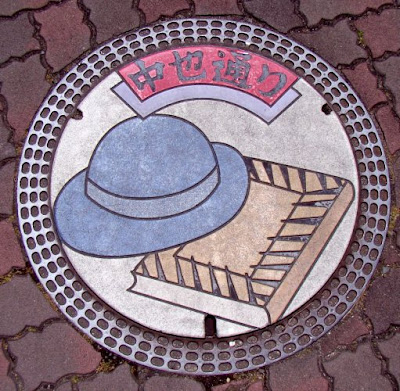組飴
Japanese artisanal candy has long been a favorite of travelers passing through
Kyoto and other towns hosting the last few remaining "candy lanes" still operating in Japan.
For the first time in the United States, one type of Japanese handmade candy, called
kumi ame (rolled candy) is now available.
Kai's Candy Company, based in Philadelphia, worked with candy artisans in Japan to make a special edition of
kumi ame for the US Presidential campaign season.

The
Obama candy pack is currently available, with a McCain set coming in August. The Japanese craftsmen see these distinctly American designs as a fun way to introduce this style of Japanese candy making to the US.
Kumi ame is a form of candy making that is not practiced in the US, and even in Japan, it is a dying art form. As with many other handicrafts, the demands of the global marketplace favor automated, high production volume over the unique qualities of hand-crafted work, causing skills such as kumi ame making to slowly die out.

The
kumi ame making process starts in a way that is similar to "crystal cut" or rock candy - boiling sugar and other ingredients, including food coloring. The real talent comes in the next step - as the candy starts to cool and solidify, the candy makers have a very limited time to shape the different colored pieces into the design they wish to make.
They form the design within a wide, fat, cylinder shaped candy. After the design is done, they then roll the candy so that it gradually becomes narrower and longer (it's similar to rolling a piece of clay back and forth between the palms of your hands). This long and narrow candy is then sliced up into individual pieces. For the lollipops, the sticks then need to be inserted. And remember, this all has to be done before the candy hardens!
Kai's Candy Company will be importing more
kumi ame soon, with specially made designs for Halloween and Christmas. The company plans to expand its offerings to other, unique styles of Japanese candy as well.
Tagscandy kumi ame Japanese sweets























